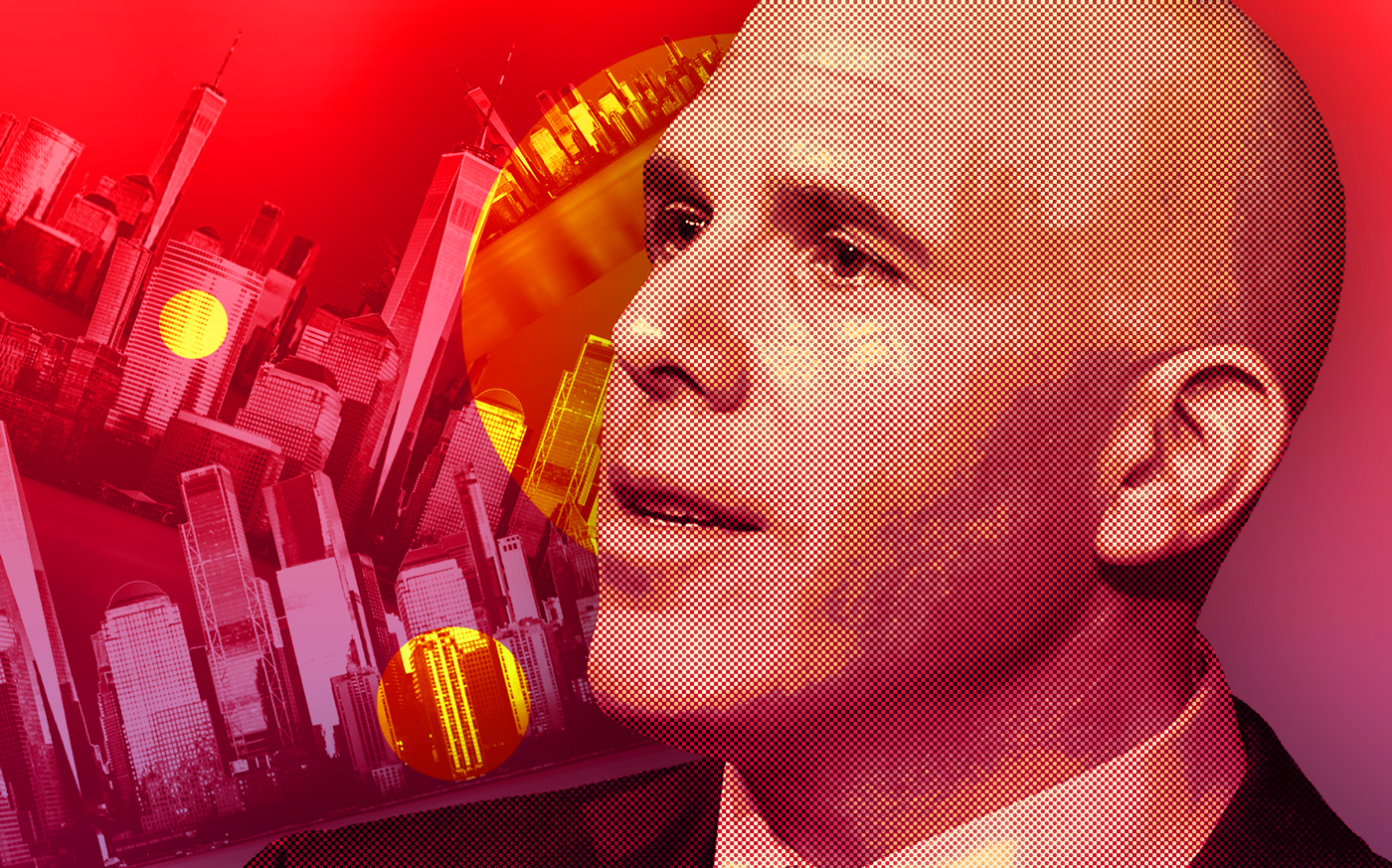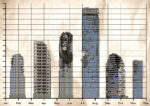As offices started transforming in the mid 2010s from drop ceilings and cheap carpet to resemble mid-century styled hotels packed with amenities like ping-pong tables and fully-stocked bars, the real estate team at insurance giant Prudential had an epiphany.
All the cash landlords were giving tenants to build out those pricey spaces was eating into the bottom line.
“It became clear to us that the dynamics of office had permanently changed,” said Lee Menifee, head of research for the Americas at PGIM Real Estate.
The writing was on the wall for PGIM and others who could see that offices would struggle. Around 2015 the insurer began shifting the bulk of its real estate portfolio away from workplaces and toward property types with better prospects, such as apartments and warehouses.
“Some investors started to sell down their office assets,” he added. “I think we were a little earlier.”
While the existential threat offices are dealing with now has largely been blamed on remote work and higher interest rates, the truth is that the sector had been struggling with disappointing returns for roughly a decade before Covid hit.
Had office buildings not seen their cash flows eaten away by those ever-climbing expenses, they arguably would have been in a better position to cope with the one-two punch of sinking demand and rising borrowing costs.
Offices in the country’s 20 largest central business districts saw returns underperform in all but two years since 2008, according to data from the National Council of Real Estate Investment Fiduciaries.
Part of this had to do with the outsized gains seen in areas like industrial and multifamily properties. But a driving factor was the escalating costs it took to attract tenants in the form of free rent and tenant improvement allowances.
Concessions like these typically tick up in soft markets when there’s more competition to land tenants. This time around, though, they became sticky as markets recovered following the Great Recession.
Office owners started dangling more sweeteners to lure companies to their buildings. Tenants began relocating offices more often than they had in the past, creating an incentive spiral that got out of hand.
“Long before the pandemic, we were seeing that tenants wanted more flexibility and highly-amenitized spaces, which resulted in office capital expenditure requirements increasing faster than rents,” said a spokesperson for Blackstone Group.
The firm, like PGIM, decided to reduce its focus on offices, which in 2007 made up roughly 60 percent of its portfolio. That share has shrunk to less than 2 percent today.
How significant are these costs to a building’s operations? When the total outlay for free-rent periods and tenant-improvement packages are factored in, it can be three to five years into a lease before a landlord starts to make money on the deal.
Read more



And the bad news for building owners is that those costs don’t seem to be softenting any time soon.
Tenant allowances went from about $67.50 in 2019 to more than $95 at the start of 2023, according to CBRE. Free rent went from roughly 7 months to more than 10.
And with interest rates going up, it’s going to cost even more to write those TI checks, according to CBRE’s Julie Whelan.
“It’s become much more expensive for landlords to give these allowances,” Whelan said.
